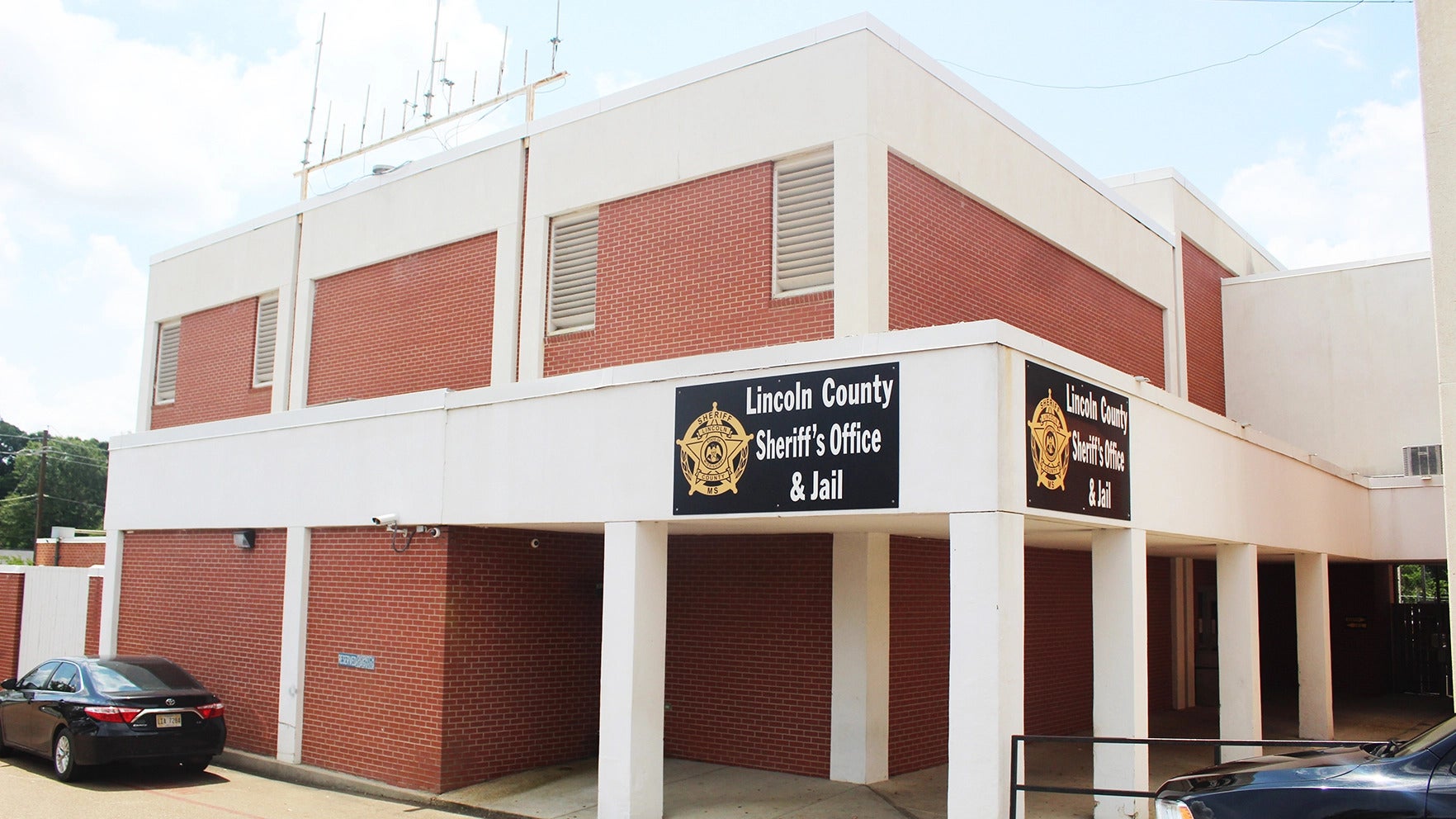Tractors, vehicles travel the same roads
Published 8:42 pm Saturday, April 16, 2016
Most drivers know to be aware of wildlife crossing the road throughout the year, but few think to watch out for farm equipment.
In 2014, Mississippi reported a total of 607 traffic fatalities, according to the National Highway Traffic Safety Administration. Of those fatalities, 56 occurred in an urban setting and 551 occurred in a rural setting, where tractors are often present.
Former agricultural engineer with the Mississippi State University Extension Service Herb Willcutt said the state averages 125 vehicle and farm equipment collisions a year.
“Between 1 percent and 2 percent of these result in death to the operator of the farm machinery,” Willcutt said in a story for Mississippi State University. “Because of the difference in weight between the two pieces, motorists in passenger vehicles fare worse in these collisions, with 65 percent causing property damage alone and 35 percent causing injury and property damage.”
The National Highway Traffic Safety Administration does not list farm equipment fatalities in its own category, but instead groups them in an “other” category. There were a total of 18 “other” vehicle fatalities in Mississippi in 2014, meaning there could have been up to 18 farm vehicle fatalities, NHTSA said.
Lincoln and Lawrence County experienced two tractor and vehicle accidents in one week, resulting in the death of one man and serious injuries for another.
Mississippi Highway Patrol responded to an accident involving a vehicle and tractor on Hwy. 84 E. at the Lawrence and Lincoln County line last week.
Mississippi Highway Patrol Troop M Spokesman Cpl. Brandon Fortenberry said a 2006 Chevrolet passenger vehicle driven by Billy Brumfield, 55, of Foxworth was traveling east on Hwy. 84 when he came into contact with the rear of a Massey Ferguson tractor, driven by Charles K. Carr, 62, of Monticello.
Carr was ejected from the tractor after impact and the vehicle and tractor came to rest on the south shoulder of Hwy. 84, Fortenberry said. Carr was airlifted to King’s Daughters Medical Center, where he was pronounced dead.
A second accident involving a military vehicle and a tractor occurred on Hwy. 84 E. in Lawrence County just a couple days later, and left the tractor operator, Oliver Rodgers of Monticello, with serious injuries.
Farmers are seen traveling down the road in farm equipment more commonly in the summer and fall, but motorists should always be aware on rural roads. It is legal in the state of Mississippi to drive farm equipment on the road during daylight hours.
Farm equipment tends to be large and heavy, and moves much slower than the average vehicle.
“These pieces of farm machinery are large, heavy and often wide,” Willcutt said in the MSU story. “The operator may swing into oncoming lanes to avoid sign posts, mailboxes and bridge railings. Operators often must move left before making a sharp right turn. Because of the size of the equipment, the operator may not be able to see motorists approaching from behind.”
“Farm equipment should display flashing lights and have an escort when needed with wide equipment,” a Mississippi State University farm safety press release stated. ”Both the equipment operator and motorists should wear seat belts for safety.”
Mississippi State University assistant professor in agricultural and biological engineering Jason Ward said the best thing for motorists to do is be aware of farm equipment sharing the roads.
“Drivers need to consider several factors when sharing the road with farmers transporting harvest equipment,” Ward said. “In particular, drivers need to realize tractors and other equipment travel at very slow speeds. When a driver is traveling 60 miles per hour, they need to realize that tractor they are quickly approaching is only doing about 25 mph. That difference in speed can get motorists into trouble.”
Ward said when approaching a piece of farm equipment on a road, motorists should slow down and use caution when passing.
“It’s important to take into account the size and mobility of the equipment as well,” Ward said. “Be aware that operators may require more time to maneuver a larger vehicle. It may also be difficult for them to brake quickly. Visibility might not be as good. Remember, if you can’t see the vehicle’s mirrors, the operator can’t see you.”
“You will likely need to allow for extra clearance and account for escort vehicles,” Ward said. “Oftentimes, it’s simply wiser to be patient and wait for the farm vehicle to have an opportunity to pull over so you can pass. Getting to your destination safely is more important than getting there quickly. In the long run, those few miles won’t make much of a difference in your drive time.”





